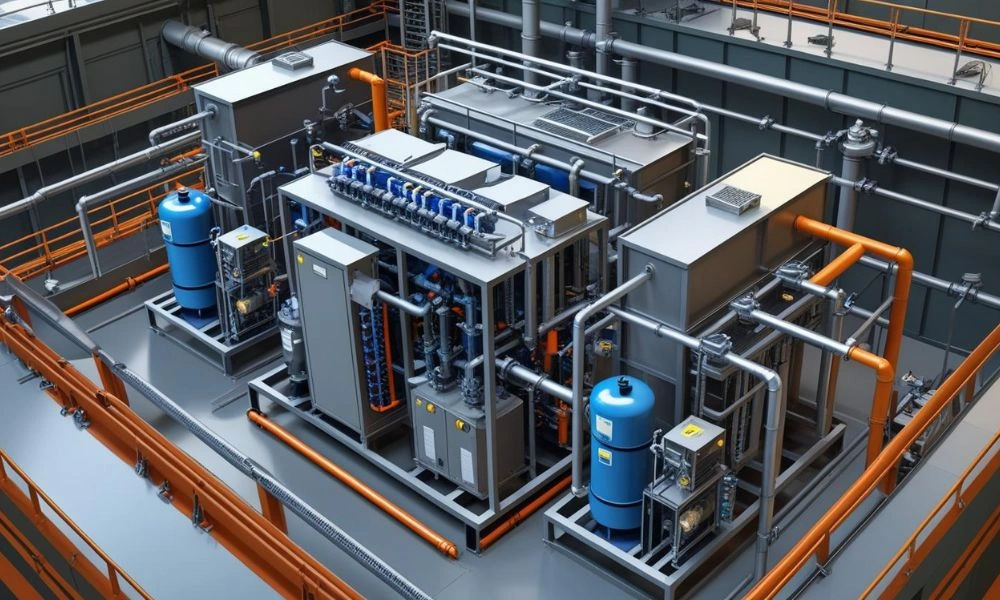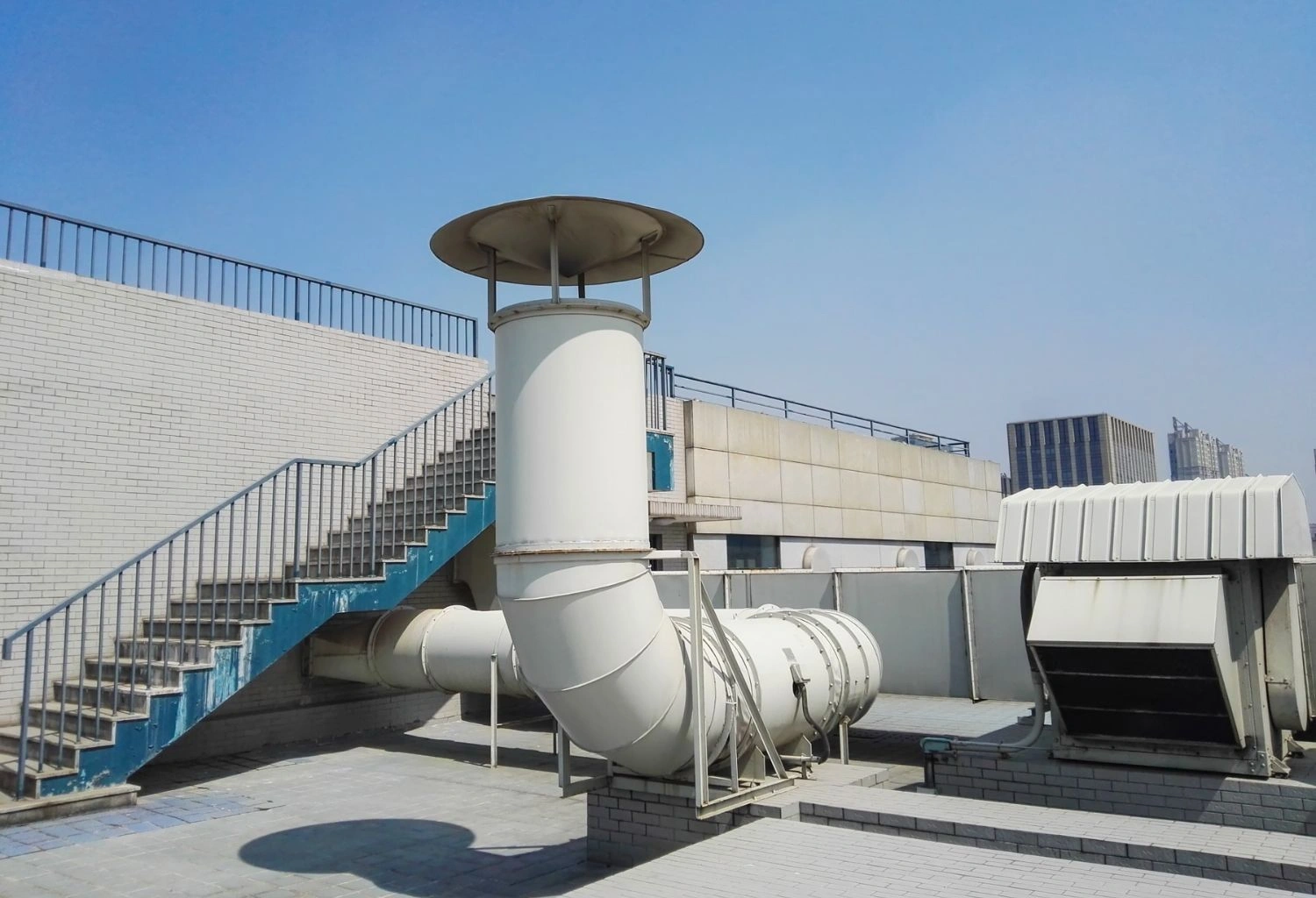Building a cost-effective water plant requires intelligent design, energy-efficient technology, and scalable systems. WCSP’s approach enables industries to build, sell, or operate high-efficiency plants with long-term savings, water reuse, and NEQS compliance. Whether for profit or sustainability, smart water infrastructure is the future of responsible development in Pakistan.
Why is a cost-effective water plant essential today?
Water shortage, increased industrial requirements, and environmental laws have turned efficient water management into an imperative than ever. In such a backdrop, a Cost-Effective Water Plant is no longer a nicety—it’s a must for businesses, municipalities, and developers seeking sustainability and ROI.
Whether you are going to own, operate, or sell a water treatment plant, smart technologies, compact systems, and scalable designs are the solution. In this article, we discuss how to construct, sell, and operate a water plant cost-effectively while being compliant, performing well, and deriving long-term benefits.
Why Is There a Growing Need for Cost-Effective Water Plants?
- Urban and industrial demand for water is increasing
- Surface and groundwater pollution is on the rise
- Industrial sectors need to achieve NEQS discharge requirements
- Urban areas have limited and costly land
- Water crisis events recur frequently in Pakistan
A cost-effective, modern water plant is not only meant to purify water, but to be cost-saving, minimize energy consumption, and facilitate reuse of water.
Build Phase: How to Design a Cost-Effective Water Plant
1. Begin with a Site-Specific Feasibility Study
Knowledge of local water quality, space available, and discharge loads enables the customization of plant equipment and saving of capital.
2. Select Compact, Modular Technologies
Technologies such as:
- Electrocoagulation – lowers chemical and sludge expenses
- MBBR (Moving Bed Biofilm Reactor) – biological treatment in a smaller footprint
- Membrane Systems – provides high-quality effluent
- SCADA Automation – reduces manual labor and human error
These minimize operation costs and land requirements, making the plant more cost-effective and efficient.
3. Plan Day One Water Reuse
Make the system design reclaim and recycle treated water for:
- Reuse in industry processes
- Irrigation
- Cooling towers
- Commercial toilet flushing
Sell Phase: Creating Revenue for the Water Plant
Not every company wants to own a water plant. Build-Operate-Sell is a financial model in which:
- You develop and construct an affordable water plant
- You operate it until stable operations are attained
- You sell the operating asset to industrial parks, municipalities, or private investors
Who’s Purchasing These Plants?
- Textile mills
- Food processing units
- Housing projects
- Commercial complexes
- Government authorities
What Adds Plant Value?
- ISO-certified parts
- Low cost of operation
- Automation-ready control systems
- Compliance with NEQS & WHO guidelines
- High recovery and reuse percentage
 Operate Phase: Smart Water Plant Management
Operate Phase: Smart Water Plant Management
Operating a cost-saving water plant needs smart control and preventive maintenance.
 Utilize SCADA & IoT-Based Monitoring
Utilize SCADA & IoT-Based Monitoring
- Remote pH, flow, turbidity alerts
- Historical data logging
- Predictive maintenance notifications
 Train Staff or Outsource to WCSP
Train Staff or Outsource to WCSP
Non-trained staff can drive up operating expenses and the risk of non-compliance. WCSP provides operator training and complete Operation & Maintenance (O&M) contracts.
 Schedule Filter Replacements & Energy Consumption
Schedule Filter Replacements & Energy Consumption
Energy-efficient pumps, variable-speed drives, and chemical optimization reduce monthly expenses.
WCSP’s Cost-Effective Solutions for Pakistan
Water Care Services Pakistan (WCSP) has evolved turnkey solutions that combine:
- Skid-mounted EC + MBBR + AOP combinations
- Plug-and-play containerized systems
- Underground treatment facilities to conserve surface space
- SCADA-capable monitoring equipment
These are designed specifically for:
- Textile areas in Lahore and Faisalabad
- Housing schemes in Karachi and Islamabad
- Export zones requiring ZDHC or NEQS compliance
Cooling Tower Water Treatment
Mini Table: Tech Comparison for Cost-Effective Plants
| Technology | Cost Efficiency | Footprint | Energy Use | Ideal Use |
|---|---|---|---|---|
| Electrocoagulation | High | Low | Medium | Industrial wastewater |
| MBBR | Medium | Low | Low | Organic load treatment |
| AOP | Medium | Medium | High | Final disinfection stage |
| Membrane Systems | Medium | Medium | Medium | Reuse & high-quality needs |
Benefits of This Strategy
 Operational Benefits
Operational Benefits
- Reduced CAPEX & OPEX
- Flexible system expansion
- Intelligent, automated monitoring
 Environmental Benefits
Environmental Benefits
- Reuse up to 90% of water
- Less sludge production
- Environmental-friendly discharge
 Fiscal Benefits
Fiscal Benefits
- Increased ROI if sold post-commissioning
- Low monthly expenses
- Fast payback with reuse alternatives
Threats to Avoid
- Over-design raises costs
- Omitting feasibility may result in suboptimal tech selection
- Underqualified personnel cause downtime
- Disregarding automation incurs excessive manual costs
Avoid these by collaborating with seasoned water experts such as WCSP who customize every solution for utmost effect.
WCSP Experts’ Pro Tips:
- Always design with reuse goals in mind
- Opt for modular systems that can be relocated or expanded
- Use real-time data to detect performance drops early
- Offer maintenance contracts when selling the plant
- Design aesthetically and underground where space is a concern
Conclusion
A cost-saving water plant is more than pinching pennies—it’s creating an intelligent, sustainable, and scalable solution. As a manufacturer, real estate developer, or water entrepreneur, WCSP’s Build-Sell-Operate model guarantees maximum return on investment. With automation, reuse, and modular designs, the water plant is a high-performing asset—not a liability.
Frequently Asked Questions (FAQs)
1. What is a cost-effective water plant?
A cost-effective water plant minimizes setup and operational costs while ensuring efficient treatment, water reuse, and environmental compliance, making it a sustainable and financially viable solution for modern needs.
2. Why is demand rising for cost-effective water plants in Pakistan?
Due to water scarcity, strict environmental laws, and rapid urbanization, industries and municipalities now require affordable, compact water treatment solutions that deliver efficiency and regulatory compliance without occupying much land.
3. What is the Build-Sell-Operate strategy?
This strategy involves building a water plant, operating it until stable, and then selling it to businesses, municipalities, or investors as a functioning, revenue-generating, and compliant water treatment asset.
4. What technologies make a water plant more cost-effective?
Electrocoagulation, MBBR, membrane filtration, and SCADA automation reduce space, energy, and chemical use, while increasing efficiency and reuse—making operations leaner, smarter, and suitable for long-term cost savings.
5. Who typically buys these turnkey water plants?
Textile factories, food processing units, housing societies, and city authorities purchase operational water plants for their efficiency, compactness, and ability to meet growing water treatment and reuse needs.
6. How does water reuse improve plant value?
By recycling treated water for industrial use, irrigation, or flushing, reuse reduces freshwater intake and costs, improving ROI and environmental impact while aligning with zero-liquid discharge goals.
7. What makes WCSP’s plants suitable for Pakistan?
WCSP’s solutions are tailored to local industries, land constraints, and NEQS regulations, featuring compact modular systems, underground setups, and automation for maximum efficiency and low-cost, long-term operation.
8. Why is automation important in water plant operations?
SCADA and IoT-based monitoring minimize manual labor, catch faults early, optimize energy use, and streamline maintenance—ensuring smooth, reliable operations and significantly reducing recurring monthly expenses.
9. What common mistakes should be avoided when building a water plant?
Skipping feasibility studies, overdesigning, ignoring automation, or employing untrained staff leads to inefficiency, higher costs, and increased downtime—hindering both compliance and long-term performance goals.
10. What are the main benefits of this strategy?
It lowers CAPEX and OPEX, improves compliance, boosts ROI, enables flexible system expansion or resale, and delivers sustainable water treatment aligned with environmental and operational performance goals.


